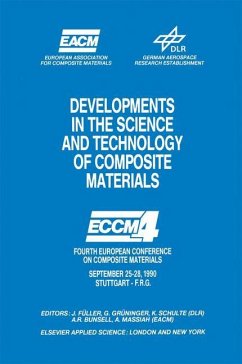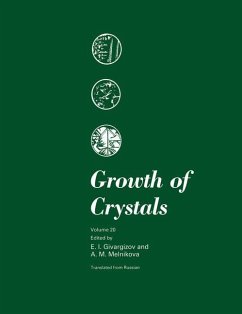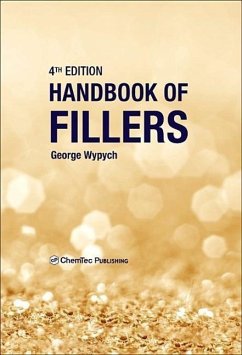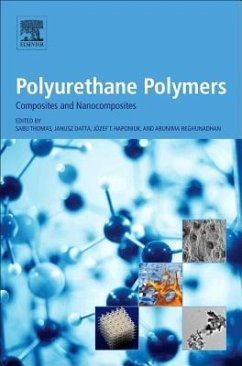
Mechanical and Thermophysical Properties of Polymer Liquid Crystals

PAYBACK Punkte
77 °P sammeln!
As compared to engineering polymers (EPs) and polymer composites, polymer liquid crystals (PLCs) have many attractive properties. Moreover, ordinary equipment for thermoplastic processing can be used for PLCs; often PLCs have lower viscosities than EPs, or addition of a PLC to an EP lowers the viscosity of the latter by two orders of magnitude. This book covers inorganic, organic as well as non-covalently bonded PLCs. It describes their mechanical properties and performance, thermophysical characteristics, which is the basis for intelligent processing, and also relations between properties of ...
As compared to engineering polymers (EPs) and polymer composites, polymer liquid crystals (PLCs) have many attractive properties. Moreover, ordinary equipment for thermoplastic processing can be used for PLCs; often PLCs have lower viscosities than EPs, or addition of a PLC to an EP lowers the viscosity of the latter by two orders of magnitude. This book covers inorganic, organic as well as non-covalently bonded PLCs. It describes their mechanical properties and performance, thermophysical characteristics, which is the basis for intelligent processing, and also relations between properties of blends and of individual components. A chapter on computer simulations, explaining how computer modeling is being used to develop stronger polymer-based composites, is included. This book will prove an invaluable reference to all those working with polymer liquid crystals and advanced materials.














